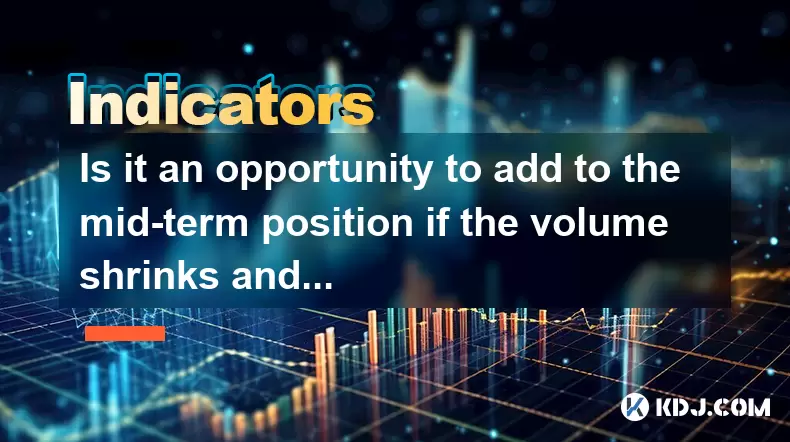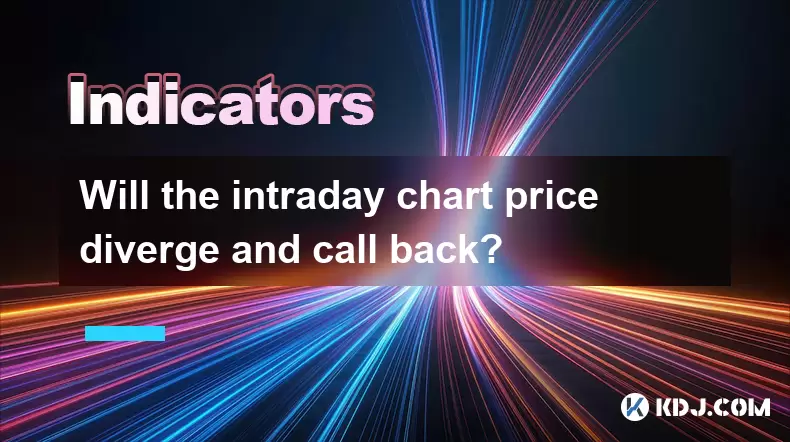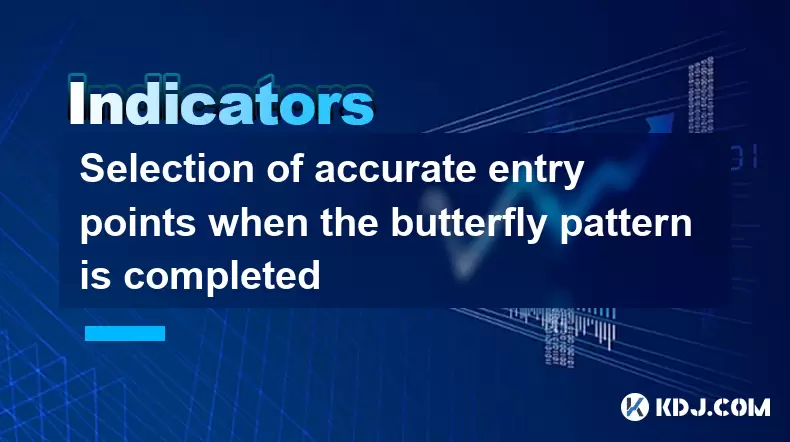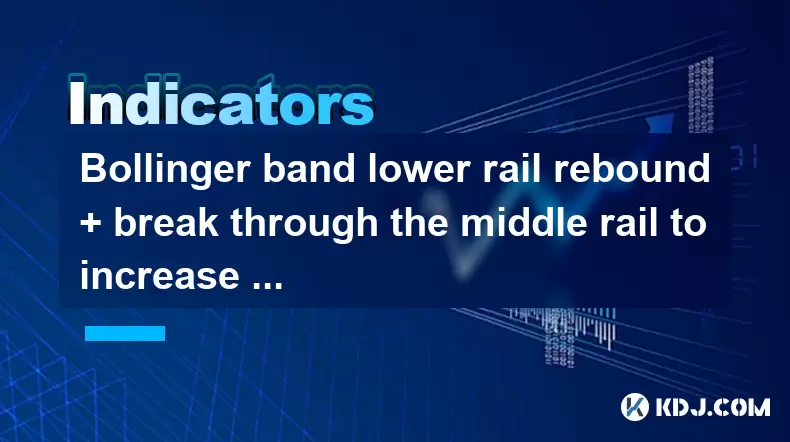-
 Bitcoin
Bitcoin $119300
1.07% -
 Ethereum
Ethereum $3730
3.87% -
 XRP
XRP $3.235
0.29% -
 Tether USDt
Tether USDt $1.000
0.00% -
 BNB
BNB $783.5
1.88% -
 Solana
Solana $188.7
0.25% -
 USDC
USDC $0.0000
-0.01% -
 Dogecoin
Dogecoin $0.2399
-0.44% -
 TRON
TRON $0.3157
2.37% -
 Cardano
Cardano $0.8254
1.94% -
 Hyperliquid
Hyperliquid $42.83
0.14% -
 Stellar
Stellar $0.4372
3.21% -
 Sui
Sui $3.859
4.91% -
 Chainlink
Chainlink $18.53
3.53% -
 Hedera
Hedera $0.2464
0.01% -
 Bitcoin Cash
Bitcoin Cash $519.8
2.46% -
 Avalanche
Avalanche $24.24
2.17% -
 Litecoin
Litecoin $113.7
0.73% -
 UNUS SED LEO
UNUS SED LEO $8.990
0.30% -
 Shiba Inu
Shiba Inu $0.00001390
0.21% -
 Toncoin
Toncoin $3.188
1.49% -
 Ethena USDe
Ethena USDe $1.001
0.02% -
 Polkadot
Polkadot $4.090
-0.91% -
 Uniswap
Uniswap $10.40
4.08% -
 Monero
Monero $326.6
3.12% -
 Bitget Token
Bitget Token $4.627
-0.42% -
 Pepe
Pepe $0.00001281
0.76% -
 Dai
Dai $1.000
0.01% -
 Aave
Aave $291.6
0.98% -
 Cronos
Cronos $0.1269
7.26%
Is it an opportunity to add to the mid-term position if the volume shrinks and the 60-day moving average is not broken?
The 60-day moving average helps identify long-term crypto trends, acting as key support or resistance—watch for price holds near it on low volume as potential buying opportunities.
Jun 18, 2025 at 02:49 am

Understanding the 60-Day Moving Average in Cryptocurrency Trading
In cryptocurrency trading, the 60-day moving average (MA) is a commonly used technical indicator that helps traders identify long-term trends. It smooths out price data over the last 60 days to provide a clearer picture of where the market might be heading. When a trader considers adding to a mid-term position, understanding how this average behaves becomes crucial.
The 60-day MA acts as both a support and resistance level depending on the current market sentiment. If prices remain above this line during periods of consolidation or minor pullbacks, it may indicate underlying strength in the asset. Traders often view this as a sign that the uptrend remains intact and that dips could present buying opportunities.
Key Insight:
The 60-day moving average serves as a critical reference point for assessing trend health and potential entry zones in mid-term strategies.The Role of Volume in Confirming Price Action
Volume plays an essential role in validating price movements. In crypto markets, which are known for their volatility and occasional manipulation, volume can help distinguish between genuine breakouts and false signals. A shrinking volume during a price decline suggests that selling pressure is waning, potentially signaling that the downward movement lacks conviction.
When volume contracts while the price holds above the 60-day MA, it may suggest that large players aren’t aggressively dumping the asset. This dynamic can be interpreted as a possible accumulation phase, especially if other indicators like RSI or MACD don’t show bearish divergence.
Important Note:
Shrinking volume during a dip near key support levels like the 60-day MA can indicate weakening bearish momentum.Evaluating Mid-Term Position Additions
Adding to a mid-term position involves careful analysis of multiple factors beyond just price and volume. Risk management is paramount, and traders should consider the broader context before increasing exposure.
One approach is to assess whether the overall trend is still bullish. For example, if the 60-day MA continues to slope upward and the price hasn't broken below it, the fundamental structure of the uptrend remains intact. In such cases, a retracement accompanied by declining volume may offer a favorable risk-reward scenario for entering or adding to a trade.
- Analyze the direction of the 60-day MA — Is it rising or flattening?
- Check for confluence with other indicators — Are RSI or MACD aligning with the bullish bias?
- Assess candlestick patterns — Are there signs of rejection at key support areas?
Critical Step:
Ensure that the price action near the 60-day MA aligns with positive momentum indicators before considering additions.Risk Considerations When Adding During Low Volume
While low volume during a pullback can sometimes signal strength, it also carries risks. Crypto markets are prone to sudden spikes in volatility due to news events, regulatory changes, or macroeconomic shifts. Entering a position based solely on volume and MA alignment without considering external catalysts can lead to unexpected losses.
Traders should always set stop-loss orders when adding to positions. Ideally, these stops should be placed below the 60-day MA but not so close that they get triggered by normal market noise. Additionally, position sizing must reflect the trader’s risk tolerance and account size.
- Determine acceptable risk per trade — Typically between 1% to 3% of total capital.
- Set stop-loss levels strategically — Below the 60-day MA but with buffer room.
- Avoid emotional decisions — Stick to predefined entry and exit rules.
Risk Tip:
Never ignore the importance of stop-loss placement and position sizing when adding during low-volume conditions.Historical Context and Backtesting Insights
Examining historical price behavior around the 60-day MA can offer valuable insights into how similar situations have played out in the past. Backtesting strategies across various crypto assets can reveal whether volume contraction near this average has historically led to profitable mid-term entries.
For instance, Bitcoin and Ethereum have shown tendencies to bounce off the 60-day MA after short-lived corrections, especially when volume dries up during the pullback. However, not all altcoins behave the same way, and sector-specific dynamics may affect outcomes.
To backtest effectively:
- Use reliable charting platforms — Such as TradingView or CoinMarketCap Pro.
- Apply the strategy across multiple timeframes — Weekly, daily, and 4-hour charts can provide different perspectives.
- Record results objectively — Track win rate, average gain/loss, and drawdown metrics.
Data Point:
Historical data shows that many successful mid-term rallies began near the 60-day MA following low-volume corrections.Frequently Asked Questions
Q: Can I rely solely on the 60-day MA and volume to make trading decisions?
A: While both are useful tools, relying solely on them can lead to missed context or false signals. Always incorporate additional confirmation from momentum oscillators, candlestick patterns, and macro conditions.
Q: How do I know if the volume shrinkage is meaningful or just random?
A: Compare current volume levels with the average volume over the past 20–30 days. If volume drops significantly below the average during a pullback but price doesn’t break key support, it may indicate lack of selling interest.
Q: Should I add to my position immediately when the price touches the 60-day MA?
A: No. Wait for confirmation that the price is respecting the level and that volume supports the idea of a temporary pullback rather than a trend reversal.
Q: What if the price briefly breaks the 60-day MA but quickly recovers?
A: A quick recovery after a false breakdown can actually strengthen the support level. Watch for strong candlestick reversals and increased volume on the rebound to confirm the resumption of the trend.
Disclaimer:info@kdj.com
The information provided is not trading advice. kdj.com does not assume any responsibility for any investments made based on the information provided in this article. Cryptocurrencies are highly volatile and it is highly recommended that you invest with caution after thorough research!
If you believe that the content used on this website infringes your copyright, please contact us immediately (info@kdj.com) and we will delete it promptly.
- Frank Zappa's 'One Size Fits All' Gets a 50th Anniversary Box Set: Wowie Zowie!
- 2025-07-25 01:10:13
- Dangote, Paddy Supply, and Niger Foods: A Sweet Deal for Nigeria's Rice Bowl?
- 2025-07-25 00:50:12
- Golden Memories: United States Mint Celebrates 25th Anniversary with Sacagawea Gold Coin Sale
- 2025-07-25 01:15:12
- G Coin: Transactions Powering Global Adoption in Web3
- 2025-07-24 23:10:13
- Sleep Token, Turnstile, and the Rock Resurgence: Genre-Bending and Masked Mystique
- 2025-07-24 23:10:13
- DeepSeek AI's Crypto Predictions: Navigating Altcoin Season with XRP, DOGE, and ADA
- 2025-07-24 23:30:12
Related knowledge

Should I go all in when DIF crosses DEA?
Jul 25,2025 at 12:42am
Understanding DIF and DEA in MACD AnalysisWhen traders analyze DIF and DEA in the context of the Moving Average Convergence Divergence (MACD) indicato...

Should I follow up with a full position when the trading volume suddenly increases?
Jul 25,2025 at 12:28am
Understanding Sudden Increases in Trading VolumeA sudden spike in trading volume often signals heightened market activity and can indicate that new in...

The SKDJ slow line is overbought, but should you chase the K-line with consecutive positive lines?
Jul 25,2025 at 01:28am
Understanding the SKDJ Indicator and Its ComponentsThe SKDJ indicator is a momentum oscillator derived from the Stochastic Oscillator, commonly used i...

Will the intraday chart price diverge and call back?
Jul 25,2025 at 12:50am
Understanding Price Divergence in Intraday Cryptocurrency TradingIn cryptocurrency trading, price divergence occurs when the price of a digital asset ...

Selection of accurate entry points when the butterfly pattern is completed
Jul 24,2025 at 08:43pm
Understanding the Butterfly Pattern in Cryptocurrency TradingThe butterfly pattern is a harmonic chart pattern widely used by technical traders in the...

Bollinger band lower rail rebound + break through the middle rail to increase positions
Jul 24,2025 at 09:14pm
Understanding the Bollinger Bands StructureBollinger Bands are a widely used technical analysis tool in the cryptocurrency trading space. They consist...

Should I go all in when DIF crosses DEA?
Jul 25,2025 at 12:42am
Understanding DIF and DEA in MACD AnalysisWhen traders analyze DIF and DEA in the context of the Moving Average Convergence Divergence (MACD) indicato...

Should I follow up with a full position when the trading volume suddenly increases?
Jul 25,2025 at 12:28am
Understanding Sudden Increases in Trading VolumeA sudden spike in trading volume often signals heightened market activity and can indicate that new in...

The SKDJ slow line is overbought, but should you chase the K-line with consecutive positive lines?
Jul 25,2025 at 01:28am
Understanding the SKDJ Indicator and Its ComponentsThe SKDJ indicator is a momentum oscillator derived from the Stochastic Oscillator, commonly used i...

Will the intraday chart price diverge and call back?
Jul 25,2025 at 12:50am
Understanding Price Divergence in Intraday Cryptocurrency TradingIn cryptocurrency trading, price divergence occurs when the price of a digital asset ...

Selection of accurate entry points when the butterfly pattern is completed
Jul 24,2025 at 08:43pm
Understanding the Butterfly Pattern in Cryptocurrency TradingThe butterfly pattern is a harmonic chart pattern widely used by technical traders in the...

Bollinger band lower rail rebound + break through the middle rail to increase positions
Jul 24,2025 at 09:14pm
Understanding the Bollinger Bands StructureBollinger Bands are a widely used technical analysis tool in the cryptocurrency trading space. They consist...
See all articles

























































































